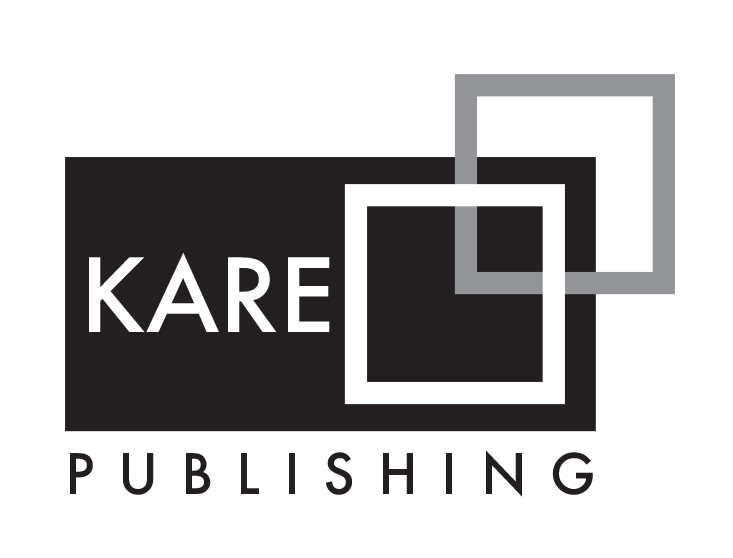2Department of Thoracic Surgery, University of Health Sciences, Atatürk Chest Diseases and Thoracic Surgery Training and Research Hospital, Ankara, Türkiye
3Department of Chest Diseases, University of Health Sciences, Atatürk Chest Diseases and Thoracic Surgery Training and Research Hospital, Ankara, Türkiye
Abstract
Introduction: Endobronchial ultrasound-guided transbronchial needle aspiration (EBUS-TBNA) has become a standard procedure in diagnosing and staging lung cancer. Anesthesia management is one of the critical steps in the EBUS-TBNA procedures. We planned to evaluate anesthesia methods for EBUS-TBNA, which was applied for the first time in our hospital, in terms of duration of the procedure and complications.
Materials and Methods: The records of patients who underwent EBUS-TBNA after ethics committee approval were reviewed retrospectively. We recorded demographic data of the patients, duration of the procedure, anesthesia methods, and complications.
Results: A total of 50 patients were given anesthesia for the EBUS-TBNA. General anesthesia was performed in 5 patients and sedation in 45 patients.The duration of anesthesia was 62±17.8 min ingeneral anesthesiaand 50.2±13.1 min in sedated patients (p=0.113). Ketamine/propofol (ketofol) was used in 22 patients, and propofol/fentanyl was used in 23 patients for sedation. The amount of propofol was significantly higher in those using propofol/fentanyl than ketofol (propofol/fentanyl: 342.2±140 mg, ketofol: 166.5±49.9 mg; p=0.002).There was no significant difference in the frequency of postoperative complications.
Discussion and Conclusion: The choice of anesthesia method for EBUS procedures should be adjusted according to factors associated with the operator, the patient, and the procedure itself. We think sedation can be used safely in EBUS procedures with good preliminary preparation, intraoperative management, and anesthesiologist–bronchoscopist compatibility.
2Sağlık Bilimleri Üniversitesi Atatürk Göğüs Hastalıkları ve Göğüs Cerrahisi Eğitim ve Araştırma Hastanesi Göğüs Cerrahisi Anabilim Dalı, Ankara
3Sağlık Bilimleri Üniversitesi Atatürk Göğüs Hastalıkları ve Göğüs Cerrahisi Eğitim ve Araştırma Hastanesi Göğüs Hastalıkları Anabilim Dalı, Ankara
Giriş: Endobronşiyal ultrason kılavuzluğunda transbronşiyal iğne aspirasyonu (EBUS-TBNA), akciğer kanseri teşhisi ve evrelemesinde standart bir prosedür haline gelmiştir. Anestezi yönetimi, EBUS-TBNA prosedürlerinde kritik adımlardan biridir. Hastanemizde ilk kez uygulanan EBUS-TBNA için anestezi yöntemlerini işlem süresi ve komplikasyonlar açısından değerlendirmeyi planladık.
Method: Etik kurul onayı alındıktan sonra EBUS-TBNA yapılan hastaların kayıtları geriye dönük olarak incelendi. Hastaların demografik verileri, işlem süresi, anestezi yöntemleri ve komplikasyonlar kaydedildi.
Bulgular: EBUS-TBNA için toplam 50 hastaya anestezi uygulandı. Beş hastaya genel anestezi, 45 hastaya sedasyon uygulandı. Genel anestezide anestezi süresi 62±17.8 dk, sedasyon uygulanan hastalarda ise 50.2±13.1 dk idi (p=0.113). Sedasyon amaçlı 22 hastada ketamin/propofol (ketofol), 23 hastada propofol/fentanil kullanıldı. Propofol/fentanil kullanılanlarda propofol miktarı ketofole göre anlamlı olarak daha yüksekti (propofol/fentanil: 342.2±140 mg, ketofol: 166.5±49.9 mg; p=0.002). Anestezi yöntemine göre, postoperatif komplikasyon sıklığında anlamlı fark yoktu.
Sonuç: EBUS işlemlerinde anestezi yöntemi seçimi, operatör, hasta ve işlemin kendisi ile ilişkili faktörlere göre ayarlanmalıdır. İyi bir ön hazırlık, intraoperatif yönetim ve anestezist-bronkoskopist uyumluluğu ile EBUS işlemlerinde sedasyonun güvenle kullanılabileceğini düşünüyoruz.

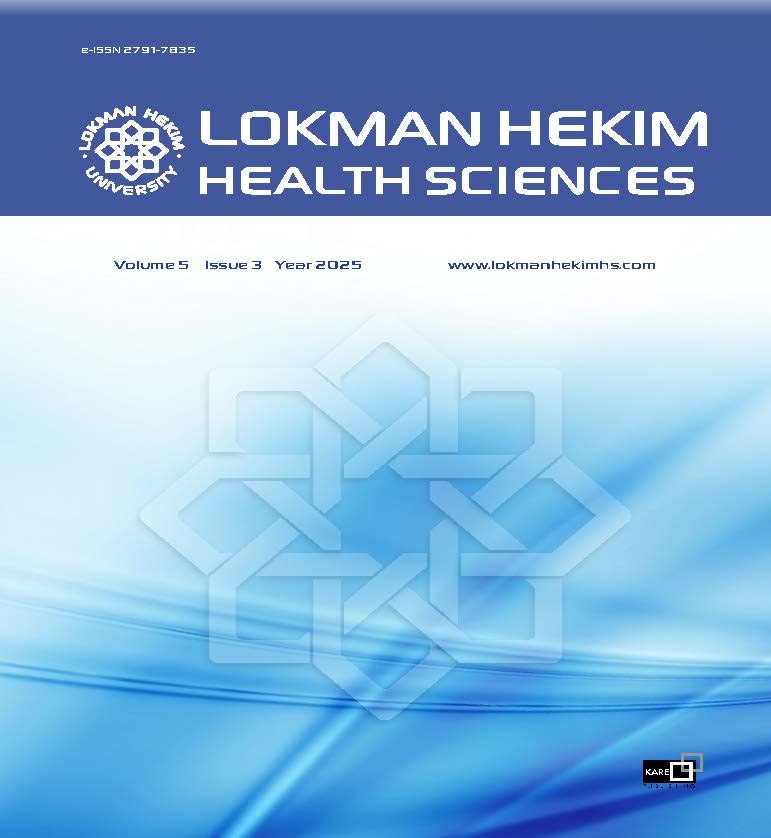
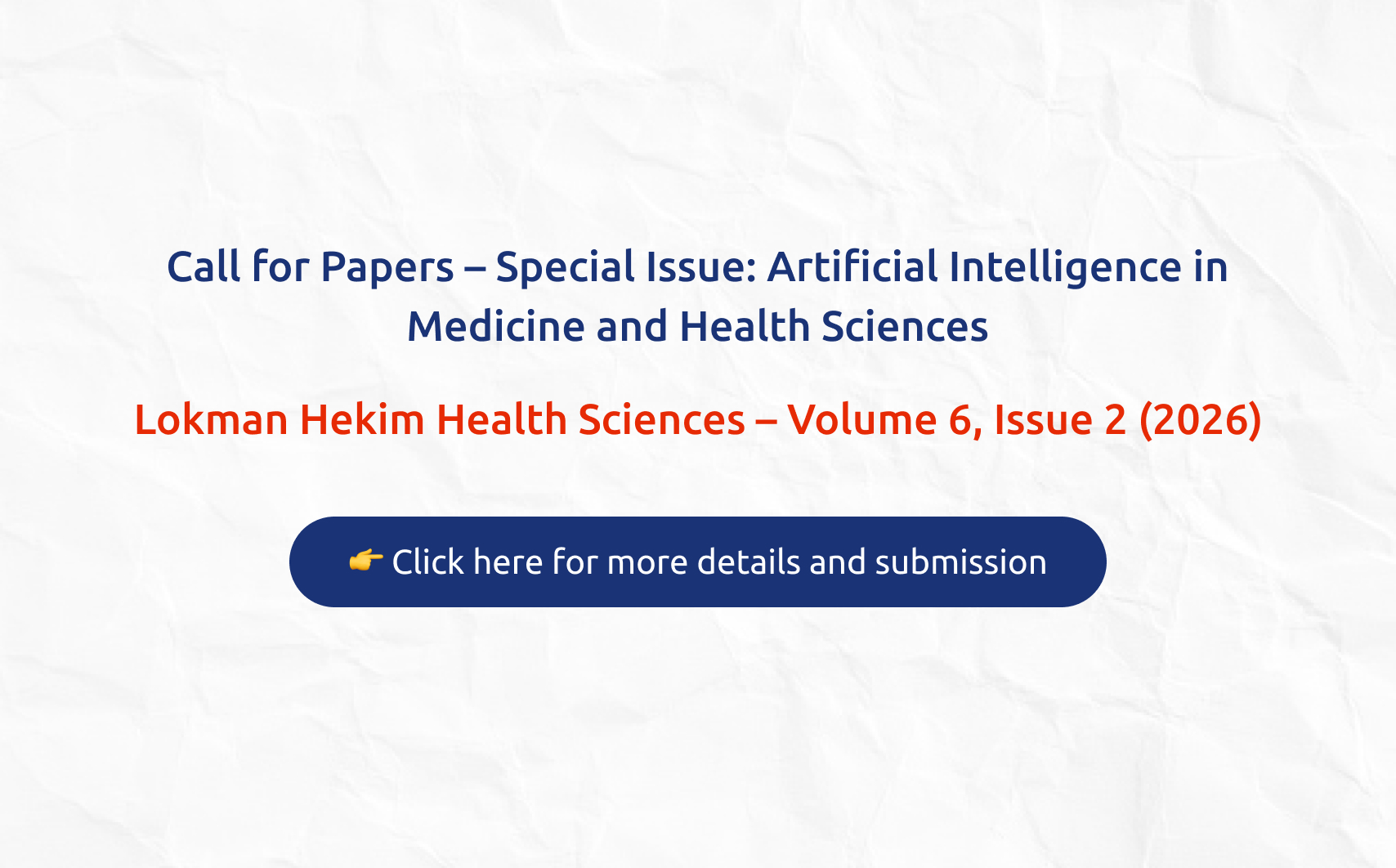
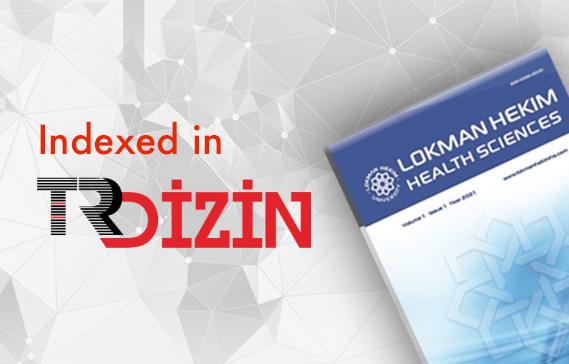
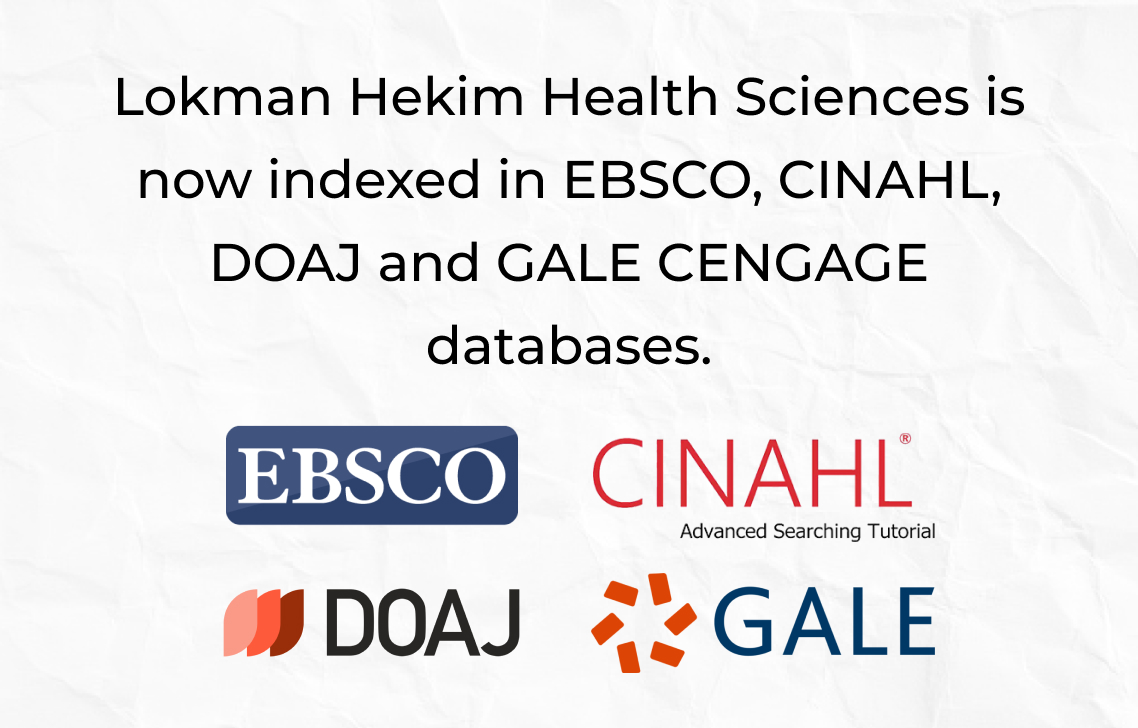
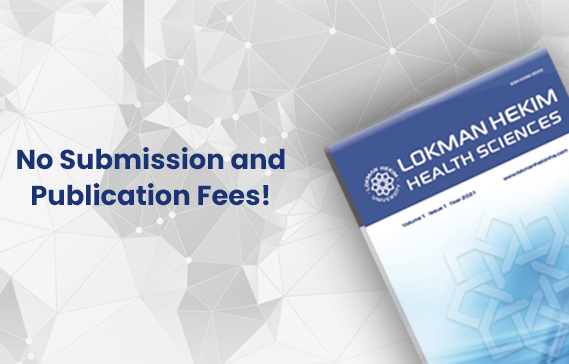
 Mensure Kaya1
Mensure Kaya1 









